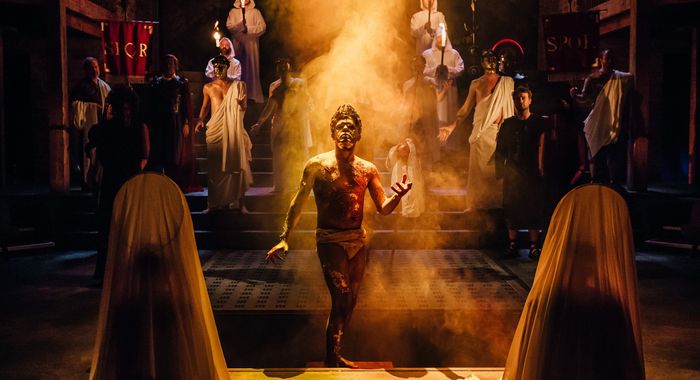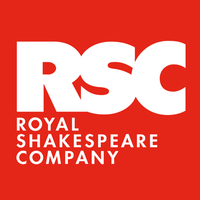(Article originally featured in Design Week)
The Royal Shakespeare Company has combined a traditional set with projection mapping and avatar technology to create a live, virtual reality experience for its latest production. We speak to the theatre company’s design director about treading new territory in stage design.
By Sarah Dawood December 22, 2016
The Royal Shakespeare Company (RSC) recently opened its latest production of magical play The Tempest, which combines the use of a physical set, on-stage actors and digital technology to enhance the audience’s experience.The RSC has worked with digital studio Imaginarium Studios and has collaborated with tech company Intel to “find a new and exciting way” of presenting the magic and alchemy in Shakespeare’s classic play, explains RSC design director Stephen Brimson Lewis.
Three-dimensional viewing for “immersive” experience
The show combines majestic, architected stage props – such as a giant, rotting ship hull that mirrors the look of Tudor ship the Mary Rose – with projections and an avatar to create a three-dimensional, “immersive” experience for viewers.Based within the RSC’s Stratford-Upon-Avon Royal Shakespeare Theatre, the audience are positioned on all three sides of the stage. “They already have a three-dimensional, ultra HD experience,” says Brimson Lewis. “People see the play from many viewing angles so we couldn’t project on flat screens.”The RSC’s set designers created two main physical structures which are used as canvasses to create a panoramic, digital experience. The Vortex is a circular, central structure made out of black mosquito net, which reaches the roof and is used to project scenes such as storm clouds and The Tempest’s famous island setting on. The Cloud is a smaller piece of netting, which flies around and tracks the theatre space, and has the avatar of whimsical, spirit character Ariel projected onto it.
“Dialogue” between actor and avatar
“Previously, holograms have been dependant on a single viewing angle, using something called Pepper’s Ghost,” says Brimson Lewis. “This has been used in pop concerts, for example to bring Michael Jackson or Tupac back to life, and the audience have to all sit at one angle. We’ve done it so you can see projections 360 degrees around the set – it makes the experience much more immersive.”Projections are also used to make the audience feel trapped within the structure of the giant ship on stage. The tiered galleries of the theatre mirror the decks of the ship so that the audience feel they are sat within the ship itself, and can “feel and hear” water rushing around them when the ship “floods”.The use of avatars is also a key part of the performance – but real-life actors aren’t neglected, says Brimson Lewis. The actor playing Ariel on stage wears a motion capture suit, and throughout the play there is a “dialogue” between actor and avatar, switching between the two as Ariel – a spirit within the play – appears and disappears according to Shakespeare’s stage directions.
For full content, see article via Design Week.
Photo © Topher McGrillis

